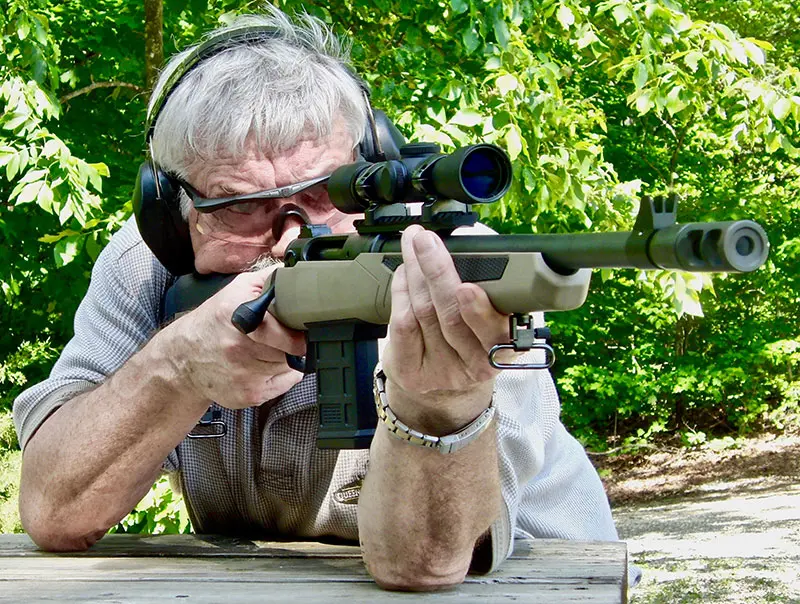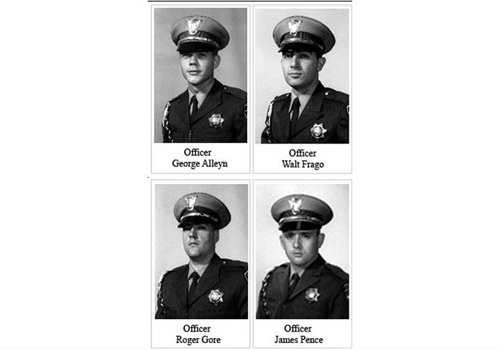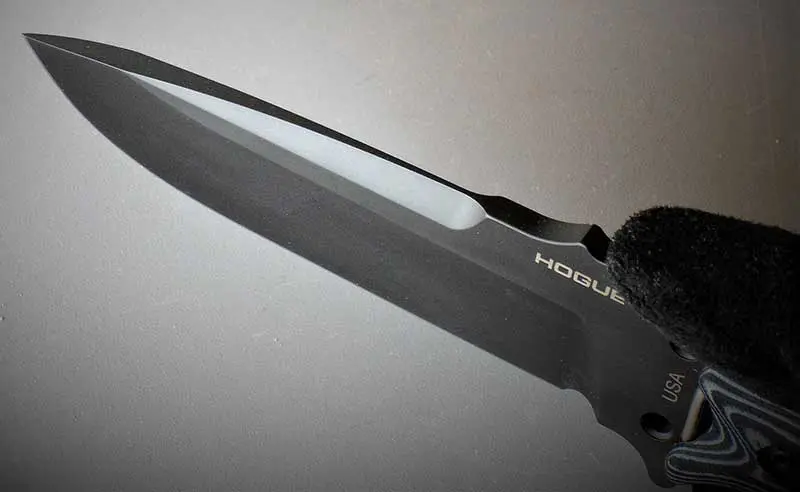Pick up any current gun magazine and you’ll be inundated with images of sexy black rifles. If you just got off the proverbial turnip truck, it would quickly become apparent that the AR-15/M16 platform is the only weapon in the world that should be considered for serious tactical purposes.
Is there a word stronger than “hogwash” that will pass muster with the copy editor?
This discussion came up the other day when I was pulling my “antiquated” 12-inch barrel department-issued shotgun out of the trunk of the police car. It was time to check that the rust hadn’t grown too thick on the receiver since we have to store our secondary weapons in the trunk.
While giving the weapon a quick function check, I spoke with glowing reverence of the short-barreled scattergun. One of the younger guys seemed a bit skeptical. He didn’t say anything, but it was obvious that in his learned opinion, the pump-gun was a dubious anachronism that only old-fart cops carried out of some unreconstructed longing for the “good old days.”
I was offended. My intestinal flatulence output is no worse than that of any of the other beer-drinkers on my shift, my age isn’t that advanced compared to the U.S. population as a whole, and I long ago realized that the good old days actually sucked when you were living in them. Worst of all, I don’t consider the shotgun an anachronism.
There is nothing wrong with the AR platform. In fact, there is an M4 carbine resting like a black mamba in its case inside the trunk next to the 12 gauge. However, the point I’m trying to emphasize is that there’s no reason to feel like some unwashed relative showing up barefoot at the back door of a fancy-dress ball if you carry, through requirement or personal choice, a shotgun.
I use both. Several years ago, as we began to issue patrol rifles, all the short-barreled shotguns were turned into the armory. As everyone was filing into the police station, I was the sole officer who carried a pump 12 gauge right back out the door.
The logic seems compelling. As an urban police agency, we often find ourselves operating in tight quarters inside homes, apartment buildings and trailers. Such surroundings are tailor-made for a compact weapon that fires a devastating payload that won’t excessively penetrate wallboard but can still reach out and touch someone at 100 yards.
Yes, I just described the shotgun.
It’s hard to argue the destruction wrought when even birdshot meets felon at close ranges. If we’re talking buckshot or slugs, the intended target often gives the appearance of having had a hand grenade stuffed into their briefs. After witnessing such explosive wounds firsthand on many occasions, I can’t imagine why anyone would turn their back on an ounce of lead in favor of a .22-caliber rifle.
Life moves in cycles, and that is why we are all wrapped up in the lore of the black gun right now. However, once the overseas military action slows down and Americans focus more on protecting home and hearth, I think you’ll start seeing more articles in the gun press about the “long-forgotten” shotgun.
Like anything, the shotgun isn’t perfect. However, it has a wider range of application than its detractors would have you believe.
Even hardcore carbine enthusiasts will concede that the shotgun is unbeatable in the room-distance, permanent-wound-channel derby. However, with proper training and newer ammunition/weapon combinations, it is possible to shoot with the requisite accuracy out to 150-plus yards. If you live in an urban area, you’d be hard pressed to take a longer shot.
In more open areas, a rifle certainly gives a distance advantage, but in real-world practical application, I haven’t seen too many instances in the U.S. where a good guy put holes in a bad guy beyond 100 yards. This goes back to the old police sniper conundrum: you might be capable of accurately hitting someone at 600 yards, but under what circumstances would the shot be authorized by command authorities or legally justifiable after the fact? It could happen, but a prudent person considers such things beforehand.
It is my profound belief that on average, most folks don’t realistically have much need to shoot over 150 yards in a defensive situation. Therefore, if you are thinking about real-world crisis circumstances instead of fantasy gunfights, the shotgun should be squarely under consideration.
One oft-shouted drawback to the scattergun is its lack of ammunition capacity. I don’t worry about this, because next to my gun is a cheap, fully stocked shotgun shell bandolier. If I can’t resolve a problem with 31 rounds of ammunition, things have truly gotten out of hand.
The biggest legitimate drawbacks to a scattergun are its size and recoil. Shotguns are heavy weapons that, especially in the ubiquitous pump version, require a fair amount of upper body strength to carry and manipulate. The recoil can also be daunting, especially if you are shooting slugs. However, these problems can be overcome.
Aside from using birdshot, which is a legitimate inside-the-home defensive round, there are numerous reduced-recoil buckshot and slug rounds available to make the gun more manageable. Furthermore, a 20-gauge gun offers similar benefits in a much lighter, easier-shooting package. Deer hunters are switching to the 20 gauge to take advantage of the reduced recoil with no appreciable loss of lethality.
While I’m not suggesting that we throw all our black rifles into the dumpster (unless you’re using the dumpster beside my house), there is no reason to feel underpowered, outgunned or somehow inadequate if you have a scattergun in the closet. Despite its current ugly-stepsister reputation, there are many good reasons to choose a shotgun over anything else when headed into highly dangerous situations.
For example, who ever heard of attending an “AR-15 wedding”?





